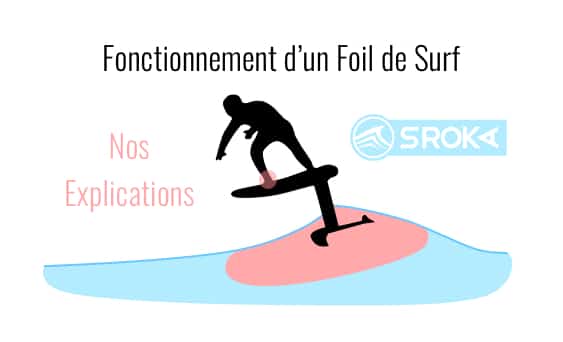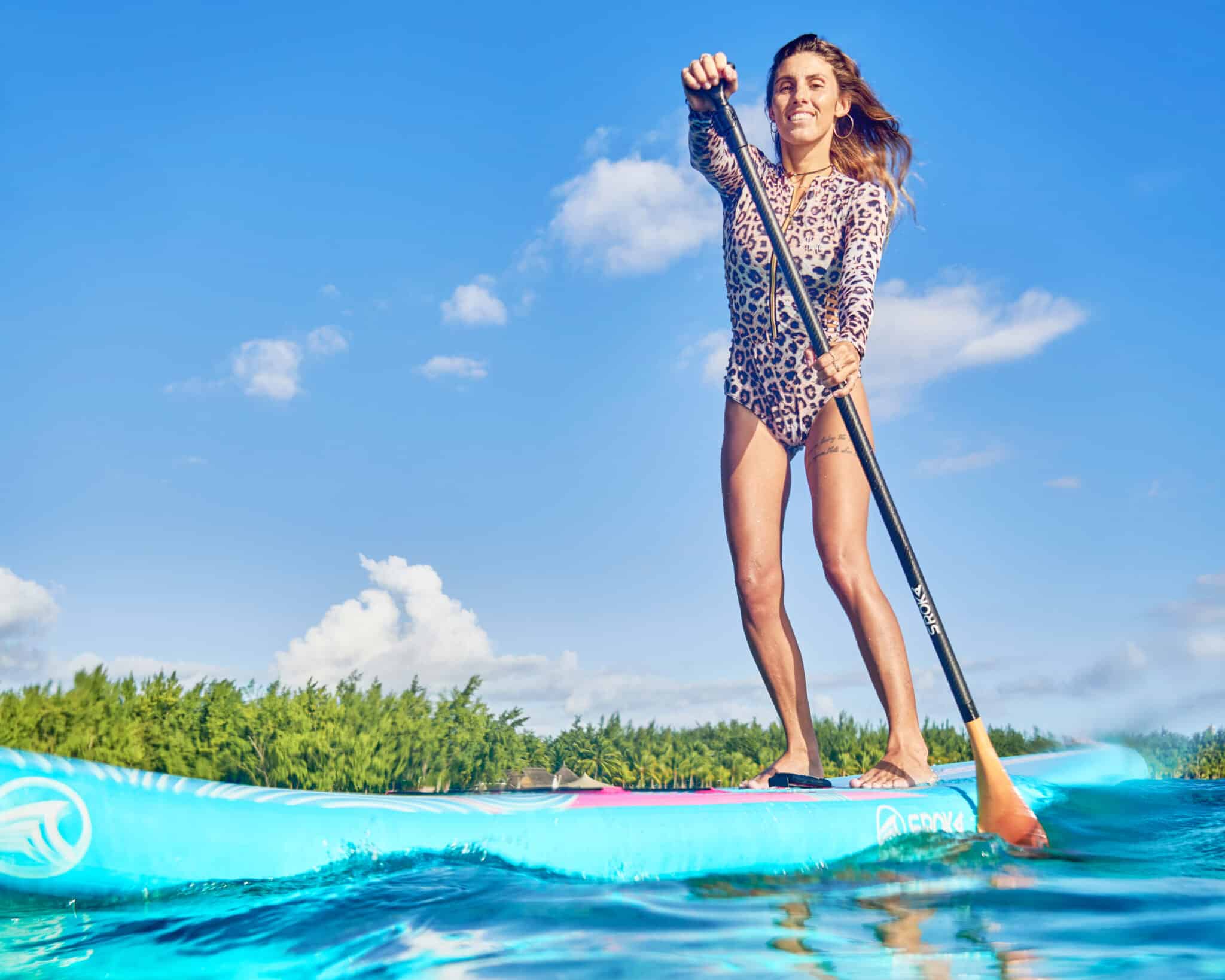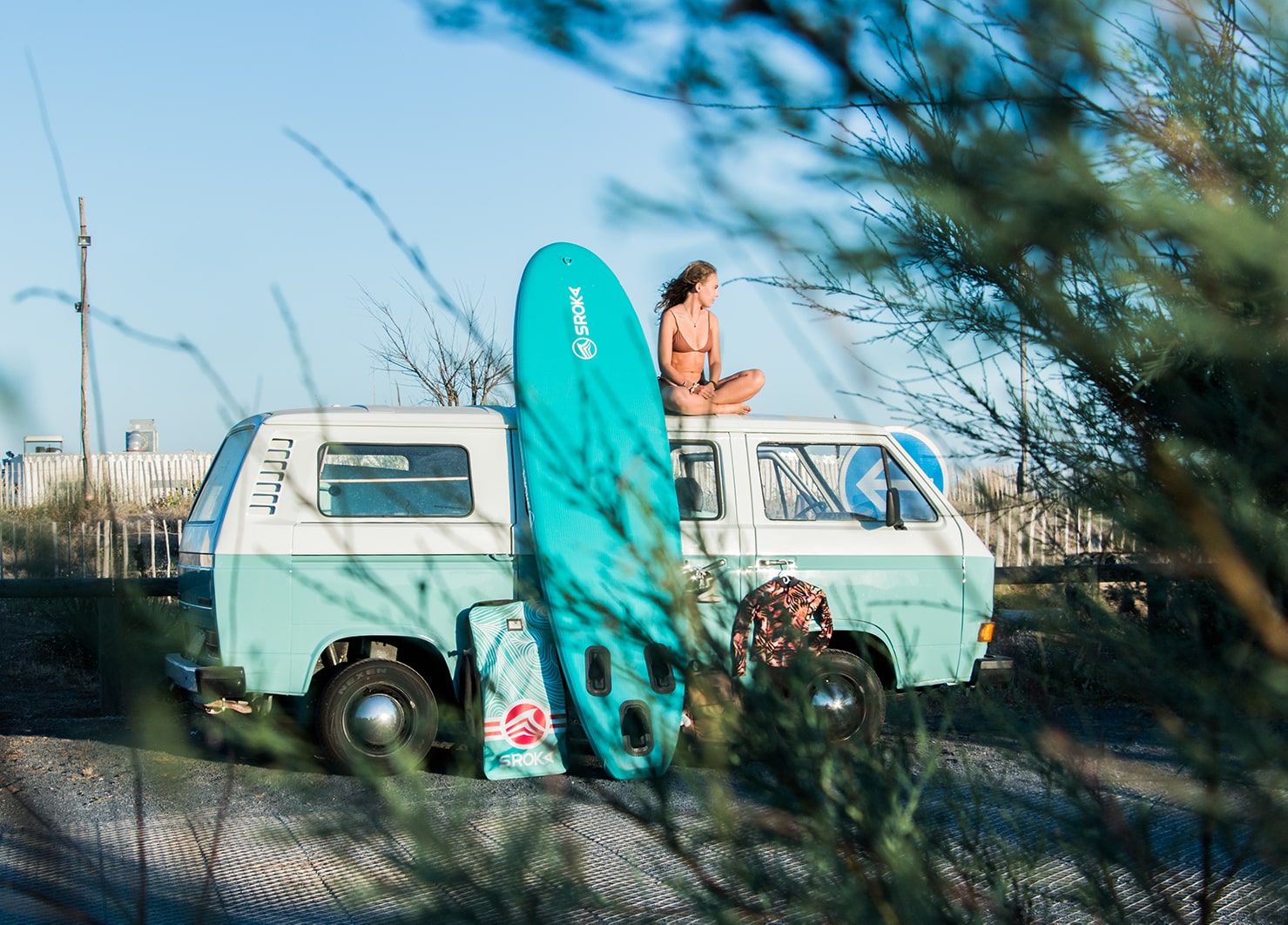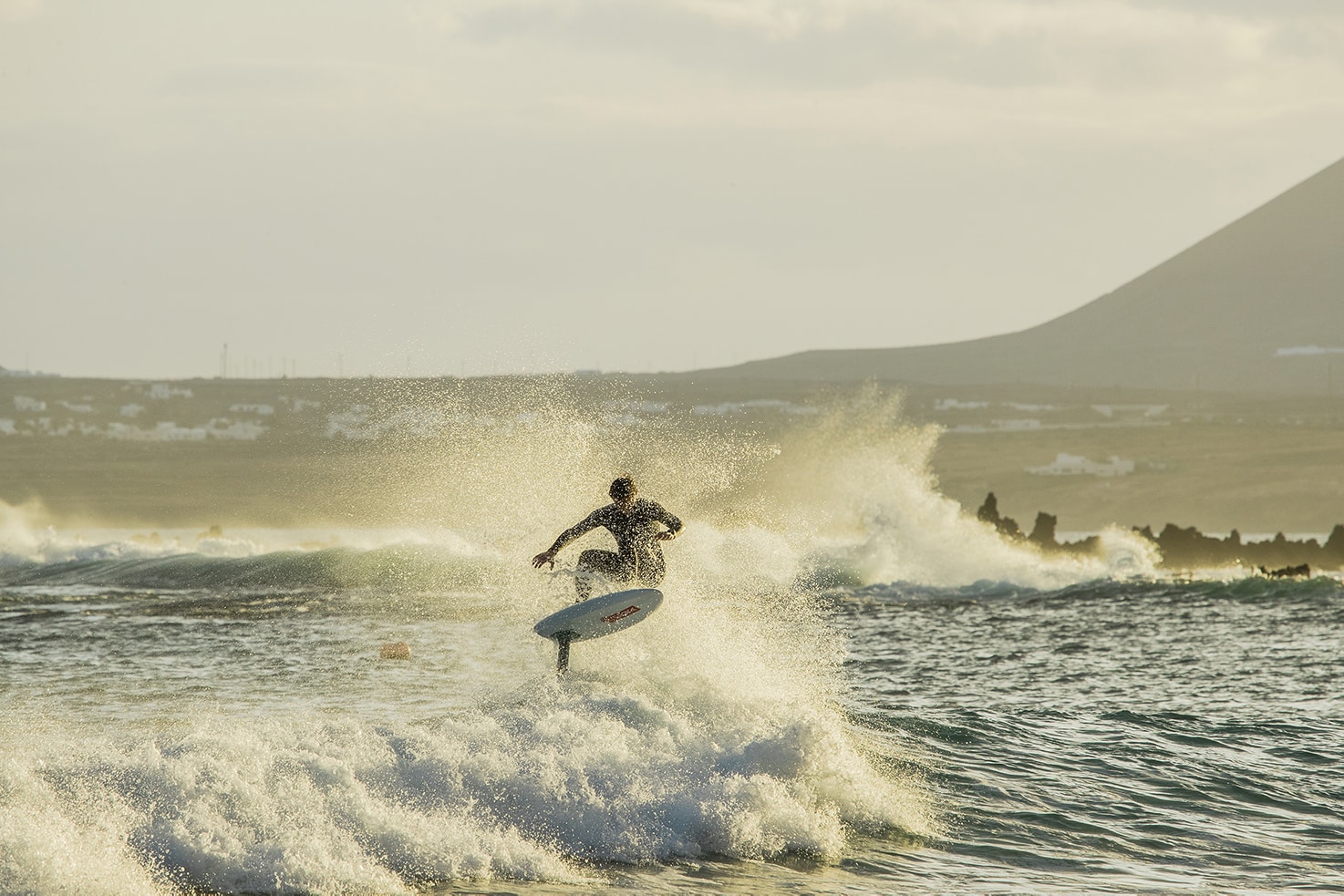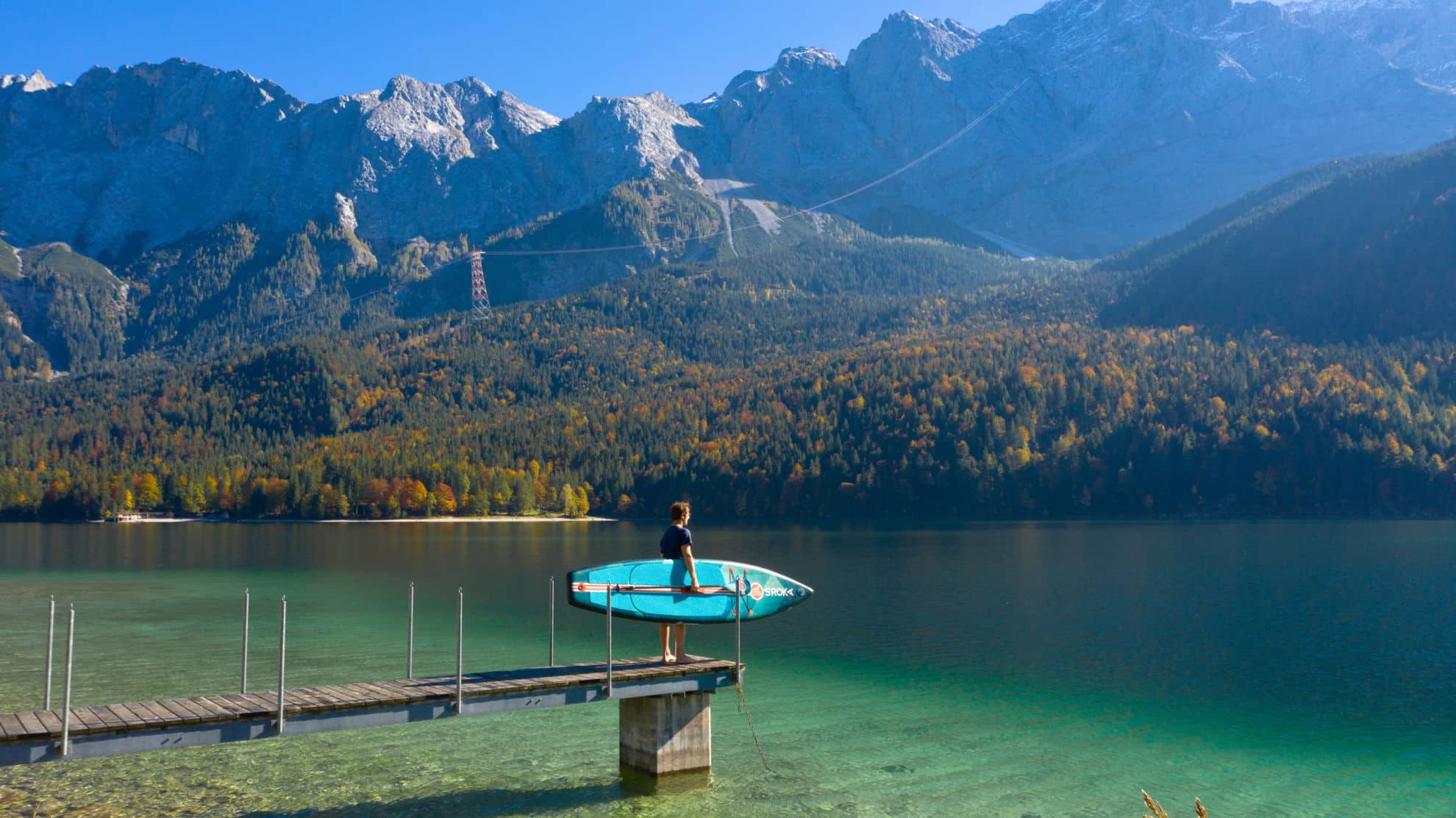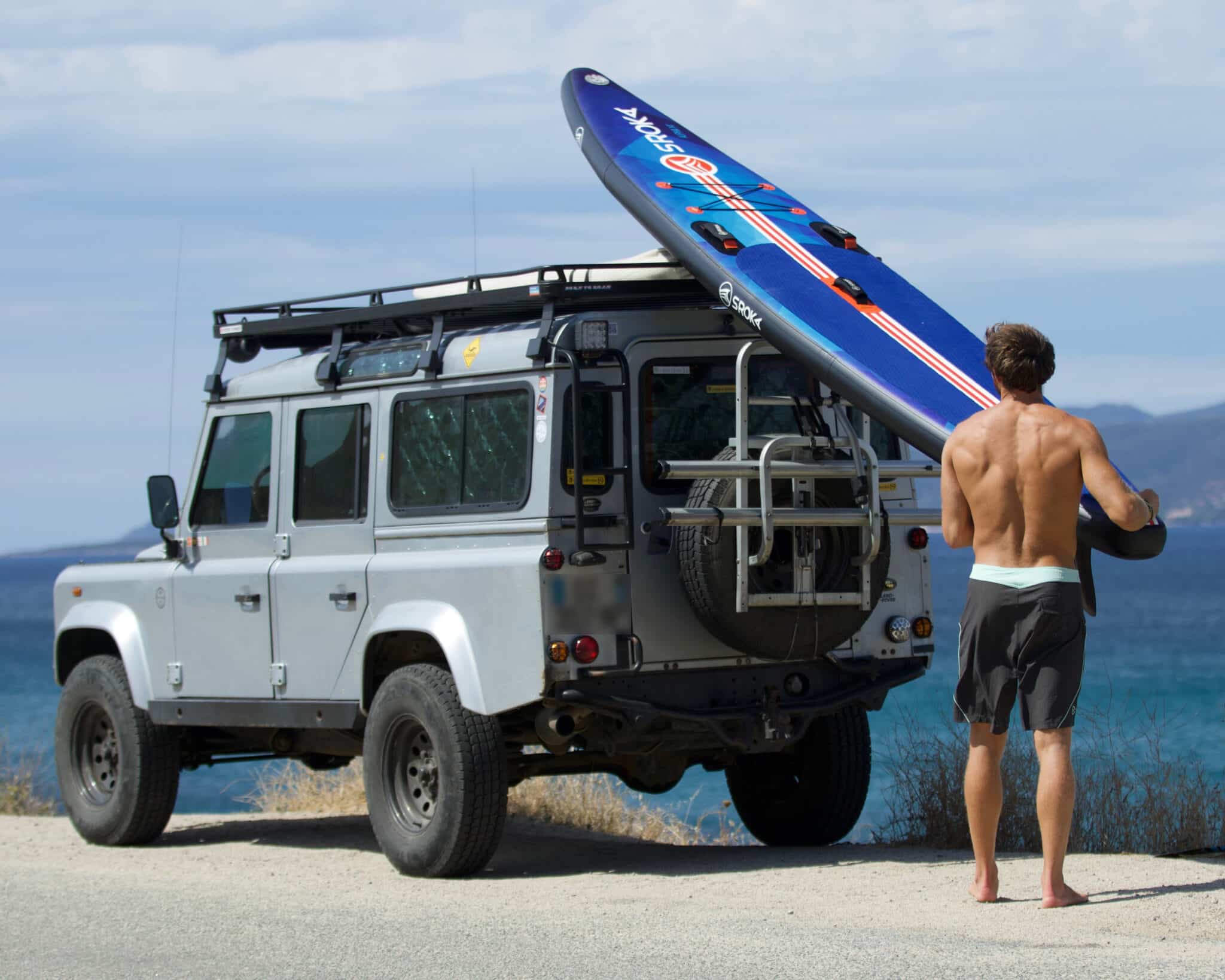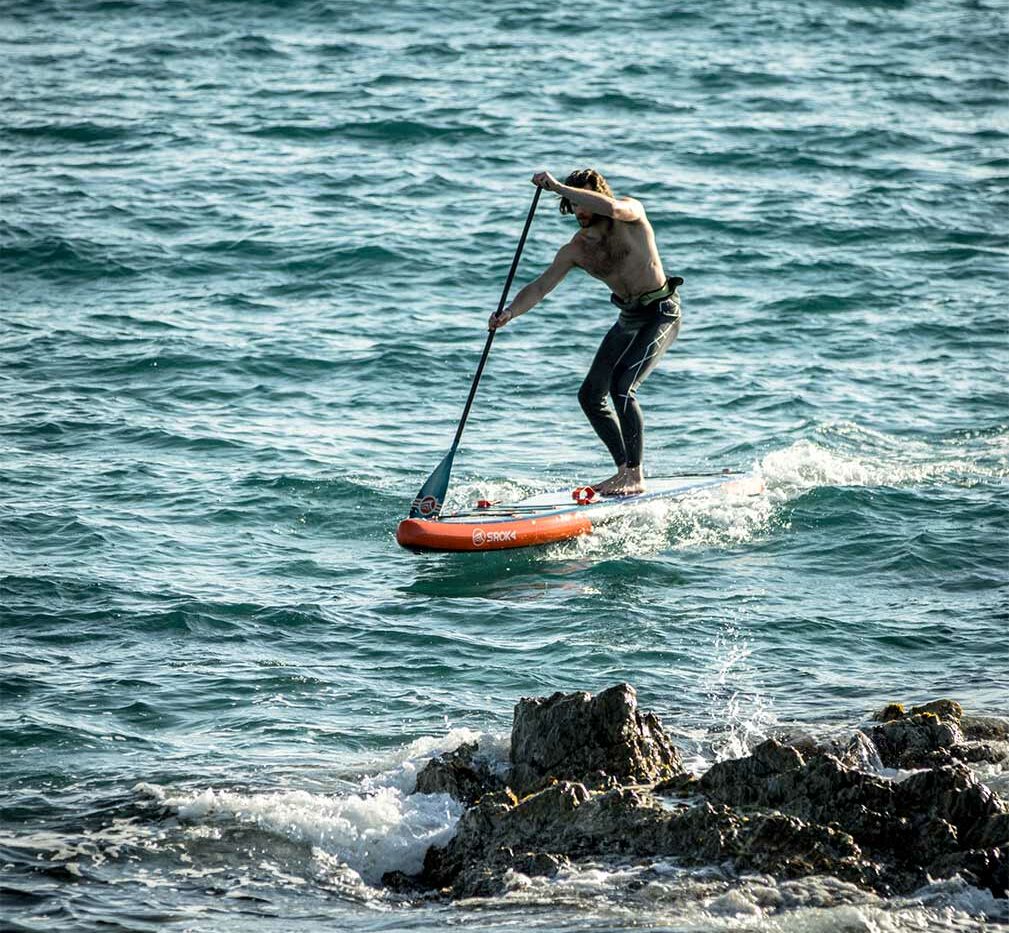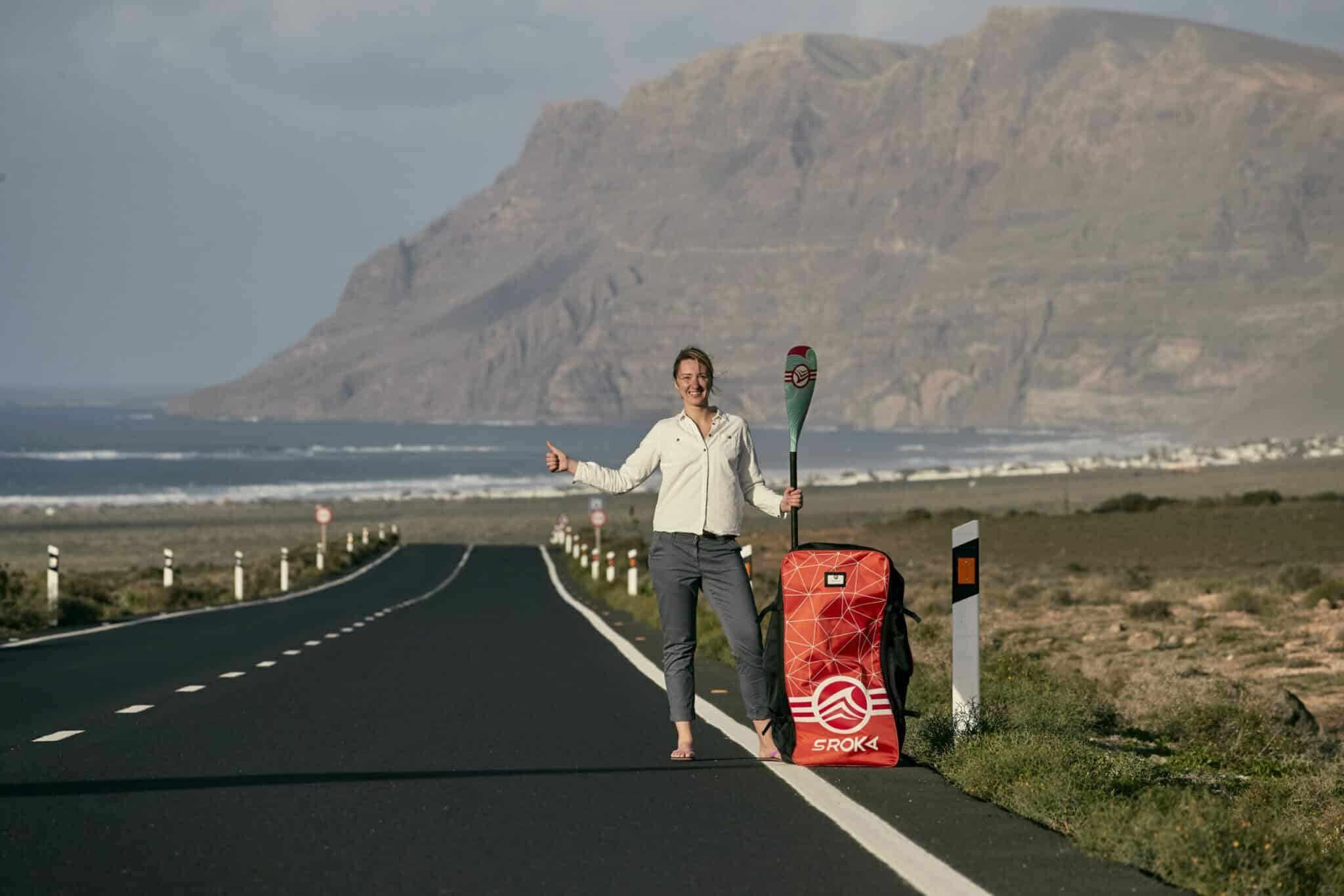 LE MAGAZINE
LE MAGAZINEHow to paddle on the ocean

How to paddle on the ocean
Stand-up paddling, or SUP, is a water sports activity that involves standing up on a board using a paddle. Paddleboarding can be practiced on a variety of waters, but the ocean offers a unique and rewarding experience. Whether it’s to enjoy the scenery, the marine wildlife, the waves or the wind, paddling on the ocean is a complete activity that challenges both body and mind. But how can you paddle on the ocean safely and enjoyably? Here are a few tips, techniques and recommendations to help you get started.
Advantages and benefits of paddling
Paddleboarding is a sport that’s accessible to everyone, whatever their level or age. It offers many advantages and benefits, both physical and mental:
- It strengthens the muscles of the back, arms, shoulders, abdominals and legs, working the entire muscular chain.
- It improves balance, coordination and proprioception, by stimulating the stabilizing muscles and vestibular system.
- It promotes blood circulation, lymphatic drainage and the prevention of cardiovascular disease, by increasing heart and breathing rates.
- It reduces stress and anxiety, releasing endorphins and providing a feeling of well-being.
- It stimulates concentration, creativity and self-confidence, challenging coping and problem-solving skills.
- It allows you to reconnect with nature, yourself and others, offering a moment of escape and sharing.
Preparation and equipment for an ocean paddling session
Before you set out to paddle on the ocean, you need to prepare properly and equip yourself with the right gear. Here are the essentials to check before you take to the water:
The weather for stand-up paddling on the ocean
Check the weather forecast for wind, waves, tides, air and water temperatures. Choose conditions suited to your level and your goal. Avoid stormy, foggy or heavy swell days. To get started, we advise you to choose a day when the wind is very light and there are no waves. That way, you’ll find it easier to get your bearings and enjoy the ride.

Regulations for sea paddling
Find out about the navigation and safety rules in force at your chosen spot. Respect authorized zones, priorities, distances and the instructions of local authorities. Don’t sail more than 300 meters from the shore if your board is less than 3.50 meters long.
Paddle boards for ocean sailing
Choose a board that’s right for your size, level and type of riding. There are rigid or inflatable boards, with varying widths, lengths and thicknesses. In general, the wider, longer and thicker the board, the more stable and easier to handle. The narrower, shorter and thinner, the faster and more responsive. If you want a paddle board that’s easy to transport to the sea, we recommend an inflatable stand-up paddle board. Lightweight and space-saving, inflatable boards offer excellent glide, provided they’re of high quality.

The paddle and the leash
Choose a paddle to suit your size, board and paddling style. There are fixed or adjustable paddles, in aluminum, fiberglass or carbon. In general, the lighter, stiffer and more ergonomic the paddle, the better its performance and comfort. The ideal length of a paddle is about 15 to 20 centimetres above your head.
The leash is a cord that connects your ankle to your board. It’s mandatory for ocean paddling. It prevents you from losing your board in the event of a fall or strong wind. Choose a sturdy leash adapted to sailing conditions.
The vest and wetsuit for stand-up paddling at sea
The vest is a safety device that helps you float in the event of immersion. It’s recommended for ocean paddling, especially if you’re not comfortable in the water or if you’re sailing far from shore. There are lifejackets and buoyancy aids available, with varying degrees of thickness and bulk depending on buoyancy level. Choose a comfortable, approved lifejacket.
You can also wear a wetsuit. This is a garment that protects you from the cold, sun and friction. It’s advisable to wear a wetsuit when paddleboarding on the ocean, especially if the water is cold or if you plan to be on the water for a long time. There are full wetsuits and shortys available, with varying degrees of thickness and flexibility, depending on water temperature.
Accessories for ocean paddling
There are other accessories that can be useful when paddling on the ocean, such as a waterproof bag or canister, GPS watch, on-board camera, windbreaker, cap, sunglasses, sunscreen, etc. Choose accessories according to your needs and desires.
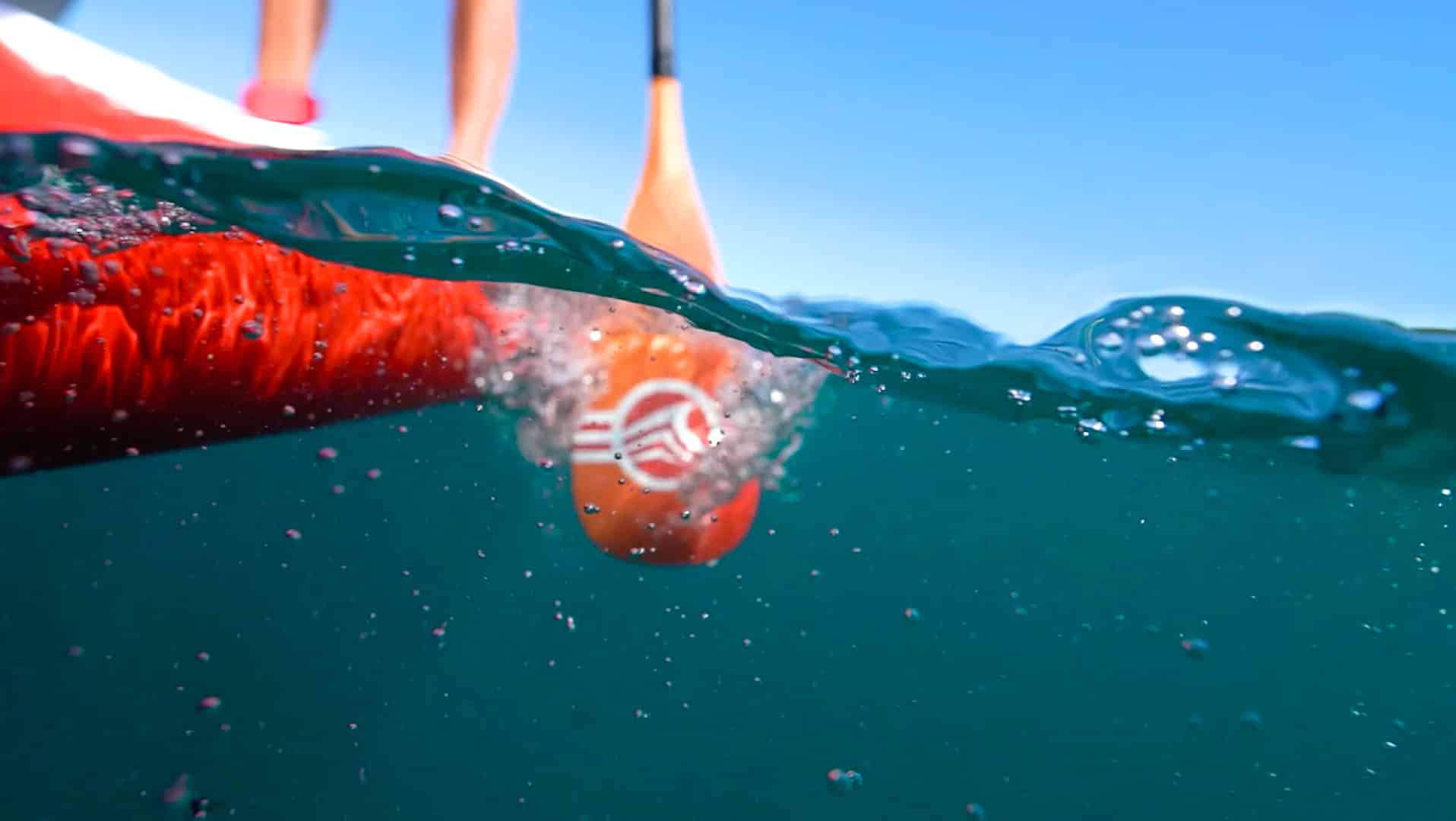
Basic techniques for paddling at sea and moving efficiently on the ocean
To paddle on the ocean, you need to master the basic techniques for paddling and moving efficiently. Here are the main points you need to know:
- Position: to paddle properly, you need to adopt a stable, dynamic position on the board. Place your feet parallel to the width of the board, about shoulder-width apart. Bend your knees slightly and keep your back straight. Look ahead, not at your feet.
- The grip: to hold the paddle correctly, you need to follow a few simple rules. Place one hand on the handle and the other on the grip. The blade should face forward, i.e. towards the nose of the board. Change hands every time you change sides.
- The paddle stroke: to deliver an effective paddle stroke, you need to follow three phases: the push, the pull and the return. Push the paddle into the water in front of you, as far as possible without throwing you off balance. Pull the blade towards you, keeping your arm straight and using your core strength. Take the blade out of the water at foot level and bring it back over the water in front of you.
- Changing direction: to change direction with your board, there are several possible techniques. The simplest is to increase the rowing frequency on one side to turn the board on the opposite side. For example, to turn right, paddle left more often. You can also use your paddle as a rudder, placing it perpendicular to the back of the board on the side you want to turn.
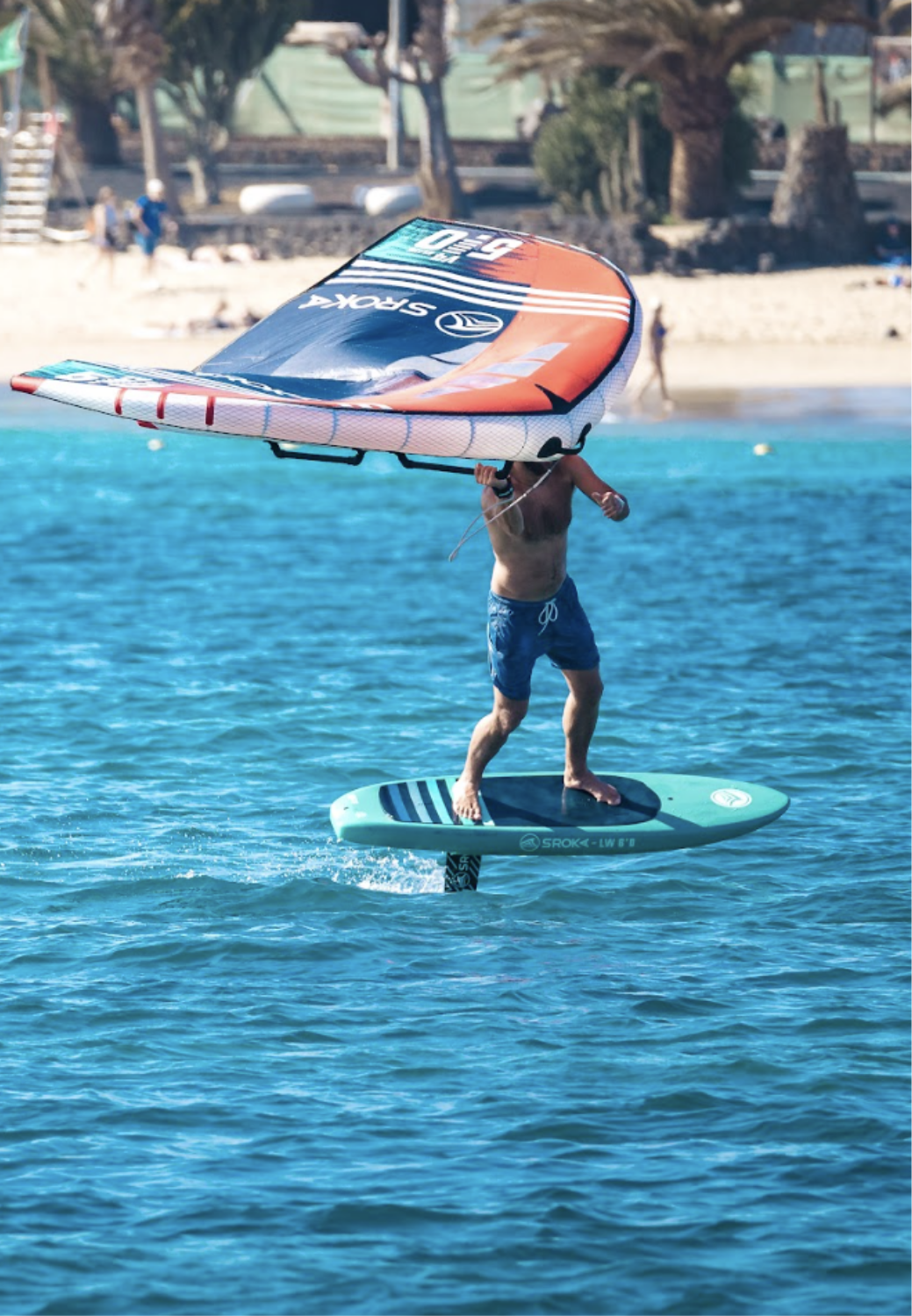
Paddle safety: essential rules and precautions to take at sea
Paddleboarding on the ocean is not without risk. You need to follow a few essential rules and take certain precautions to avoid accidents and incidents. Here are the main tips to follow:
- Never go out alone: paddle with at least one other paddler or inform someone of your outing, route and expected return time.
- Always wear a leash: attach your ankle to your board with a leash so you don’t lose it in case of a fall or strong wind. leash can save your life if you’re far from shore or tired.
- Put on a lifejacket: to help you stay afloat in the event of immersion, it’s a good idea to wear a lifejacket or buoyancy aid. The vest can protect you from drowning if you become unconscious or suffer from cramps.
- Follow the rules of navigation: it’s essential to respect the navigation and safety rules in force on the spot you’ve chosen. Respect authorized zones, priorities, distances and the instructions of the local authorities, so you can sail in complete peace of mind. And don’t stray more than 300 meters from shore.
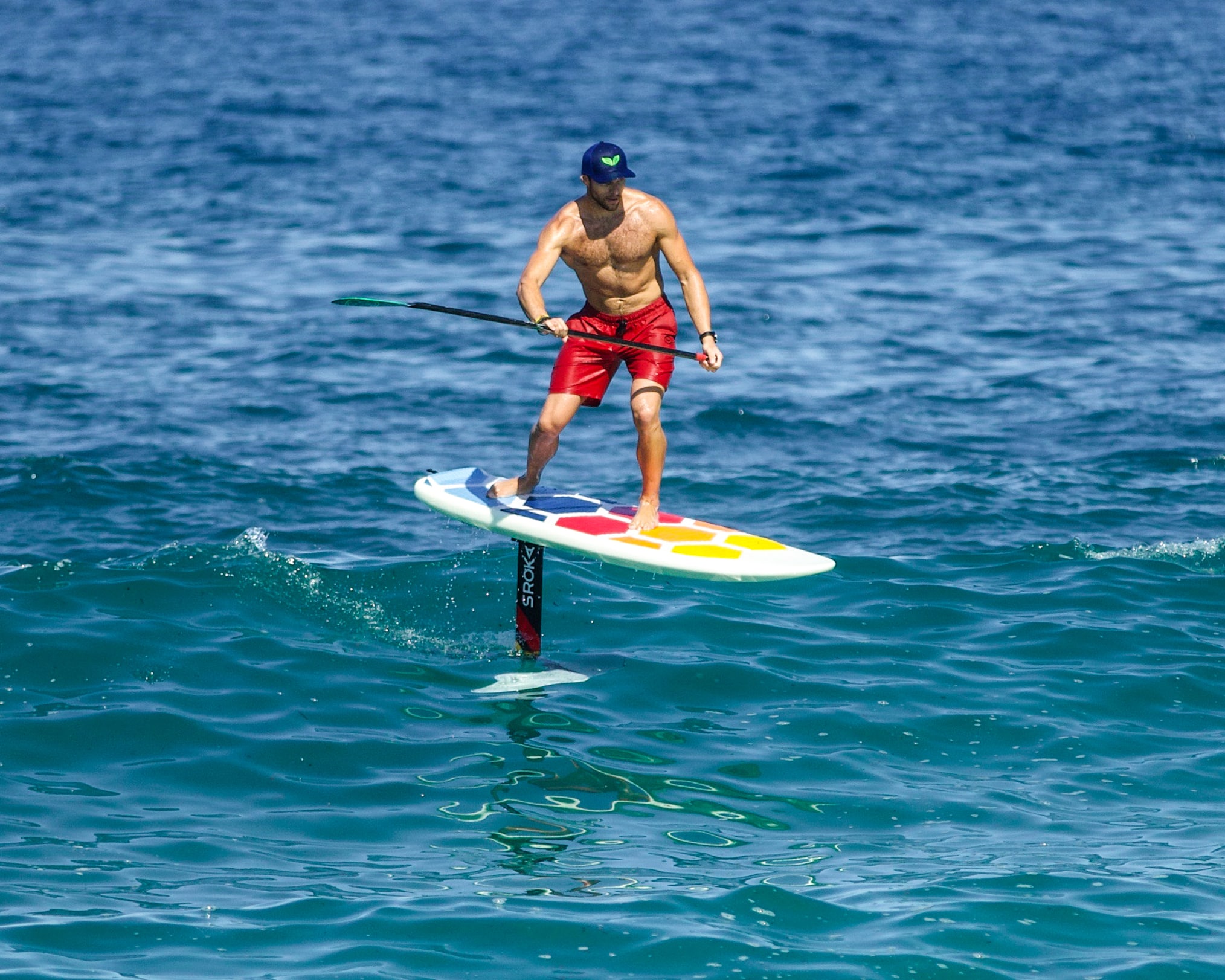
Experience ocean waves on a paddle: surfing techniques
If you’re in the mood for thrills and pure glide, you can try paddle surf on the ocean. This discipline consists of surfing a wave standing up, using a paddle. Unlike traditional surfing, paddle surf is more affordable for beginners, as there’s no need to stand up on the board. All you have to do is anticipate the breaking of the wave and accompany its movement with the paddle.
SUP foil : a sensational variant
If you want even more thrills, you can try the sup foil, a variant of the paddle surf that uses a board fitted with a fin in the shape of an underwater wing. The foil sup lets you fly above the water and surf smaller or softer waves. However, it requires more technique and balance than the classic paddle surf. It’s like riding a paddle, but with a foil under the board that lets you fly over the water.
Tips for choosing the right spot and conditions for ocean paddling
To paddle on the ocean, you need to choose a spot suited to your level and your objective. There are paddle spots to suit all tastes, whether you’re looking for a leisurely stroll, a sporty hike or a spot of surfing.
Here are a few tips for choosing the right spot and the best conditions for paddleboarding on the ocean:
Check the weather forecast
Find out about wind, waves, tides, air and water temperatures. Choose conditions suited to your level and your goal. Avoid stormy, foggy or heavy swell days.
- Wind: Little or no wind is ideal for beginners. More experienced riders can adapt to windier conditions.
- Waves: If you want to surf, waves are a must. For a leisurely stroll, calm seas are preferable.
- Water temperature: Depending on your region, you’ll need to adapt your equipment (wetsuit, vest) accordingly.
The season
- Summer: This is generally the most popular season for paddling, with conditions often favorable.
- Off-season: Temperatures may be cooler, but beaches are less crowded and conditions can be more stable.
Watch the tides
- High tide: The water is deeper, which can be interesting for navigating in areas that are less accessible at low tide.
- Low tide: Often reveals different landscapes and can be more conducive to the discovery of flora and fauna.
Find out about the regulations
Find out about the navigation and safety rules in force at your chosen spot. Respect authorized zones, priorities, distances and the instructions of local authorities. Don’t sail more than 300 meters from the shore (if your board is less than 3.50 meters long).
Choose the right spot for your practice
Depending on whether you want to go paddle boarding, paddle trekking or paddle surf, you won’t choose the same type of spot. For touring paddling, choose calm, sheltered waters such as bays, lagoons or estuaries. For touring paddlers, opt for more open and varied waters, such as rocky coasts, islands or capes. For paddle surf, look for wave spots suited to your level, neither too big nor too small.
Respect the environment
Be careful not to disturb marine life when paddling. Avoid protected areas, such as nature reserves or marine areas. Don’t leave garbage behind, and don’t pick up shells or coral.
Additional tips for sea paddling
- Prefer quieter times of day: early mornings or late afternoons are often better for avoiding crowds and changing weather conditions.
- Learn about ocean currents: they can influence your trajectory and your safety.
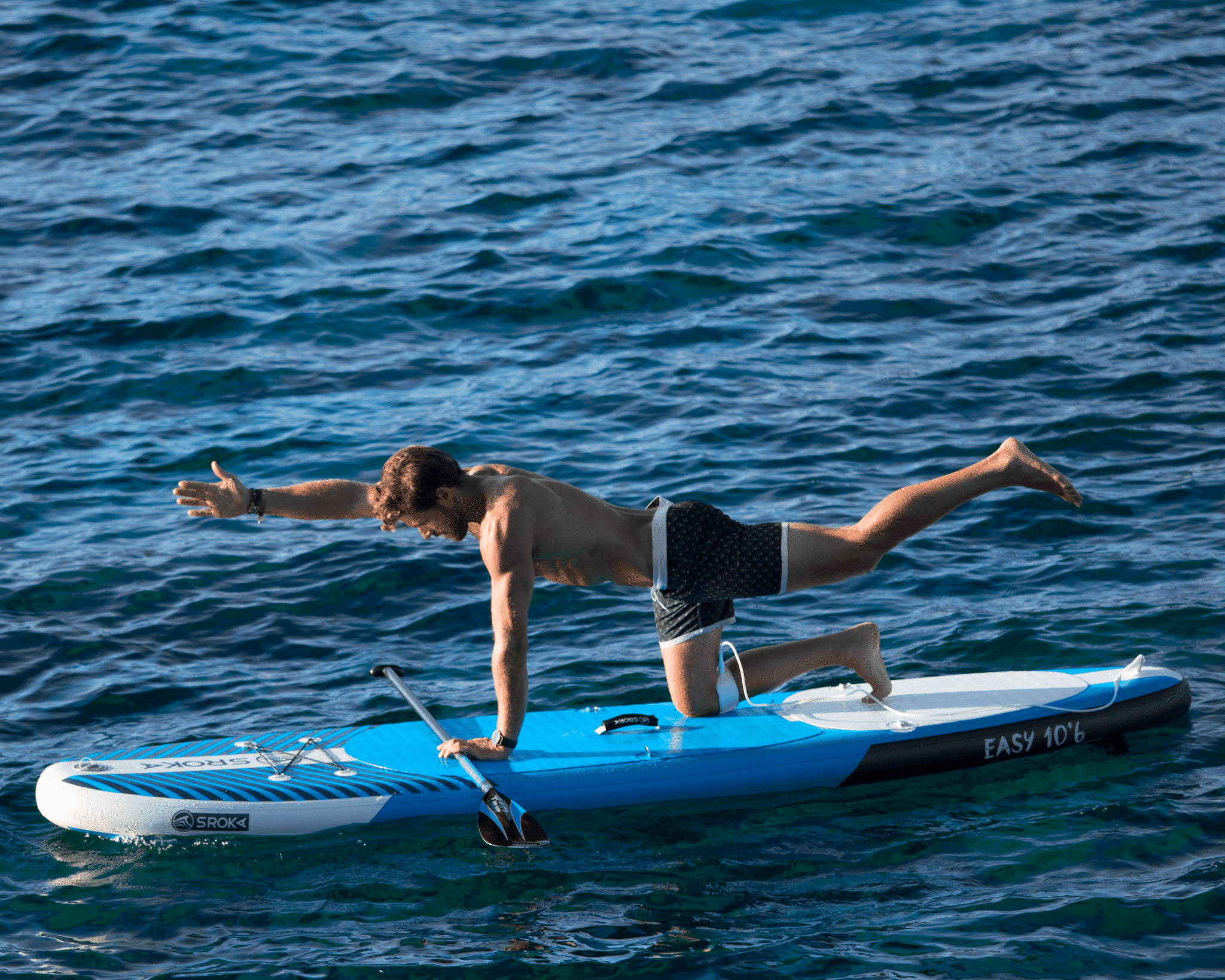
Training and exercises to improve your paddling skills
Paddleboarding on the ocean is a complete activity that challenges both body and mind. To make the most of this experience, it’s important to train regularly and do specific exercises.
- Warm-up: before getting into the water, it’s essential to warm up your muscles and joints. Do a few minutes of cardio to increase your heart rate and breathing. Then do some dynamic stretching (arm, shoulder and hip rotations) to loosen up your muscles and prevent injury.
- Muscle strengthening: to improve your strength and endurance, you can do muscle-strengthening exercises on the plank or on the floor. For example, you can do push-ups, squats, lunges, planks or burpees. This will allow you to work the back, arm, shoulder, abdominal and leg muscles that are essential for paddleboarding.
- Balance work: to improve your balance and stability, you can do exercises that will put you off-balance and force you to use your stabilizing muscles. For example, you can paddle on one leg, change position on the board, make tight turns or move from a sitting to a standing position.
- Working on technique: to improve your paddling and surfing technique, you can do exercises that will help you optimize your gestures and efficiency. For example, you can work on the cadence and power of your paddle strokes, the trajectory and orientation of your board, timing and placement on the wave or control of speed and direction. These exercises will help you become more fluid and precise.
Paddleboarding on the ocean is a nautical activity that offers many advantages and benefits. Whether it’s enjoying the scenery, the marine wildlife, the waves or the wind, paddling on the ocean is a complete activity that challenges both body and mind. But how can you paddle on the ocean safely and enjoyably? You need to be properly prepared and equipped. You also need to master the basic techniques of paddling and moving efficiently. Finally, you need to respect the essential rules and take certain precautions to avoid accidents and incidents. If you follow these tips, techniques and recommendations, you’ll be able to embark on this adventure with confidence and serenity.
 Le Magazine
Le Magazine



